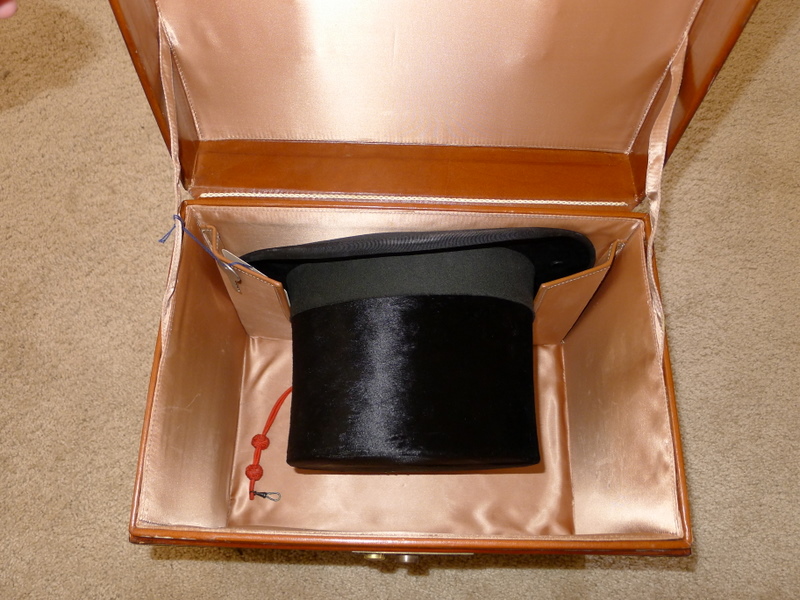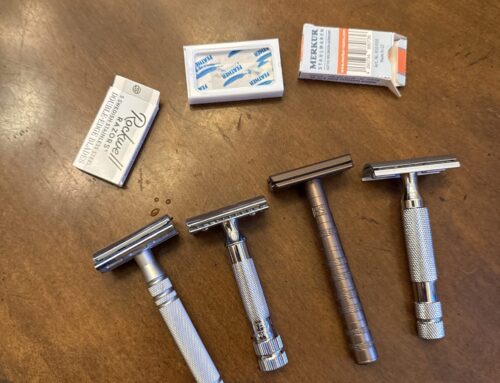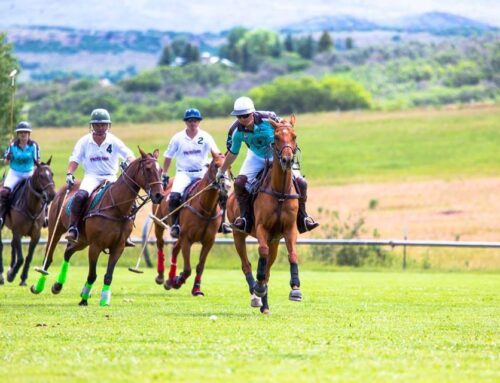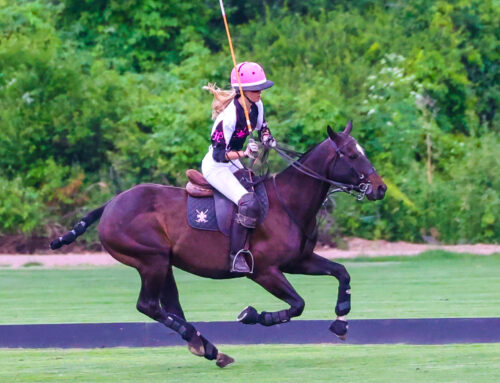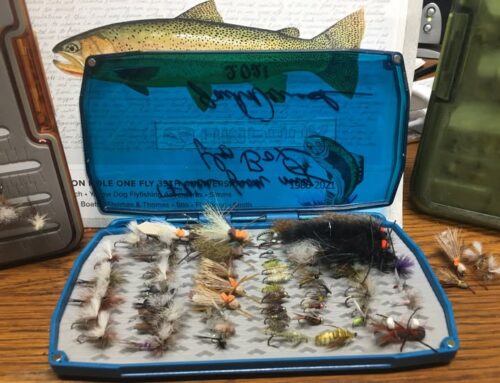Leading the Glamorous Life without Love It Ain’t Much
Top This . . . The story of Top Hats
Adapted from an article by Ms. Lou Carver
There has never been a more sophisticated and dominating hat in fashion than the top hat. When the first top hat was worn by the haberdasher John Hetherington in 1797, it caused a near riot. According to a newspaper account, “passersby panicked at the sight. Several women fainted, children screamed, dogs yelped, and an errand boy’s arm was broken when he was trampled by the mob.” So Hetherington was taken to court for wearing “a tall structure having a shining luster calculated to frighten timid people.”
What Hetherington designed was a modified riding hat of the day, widening the brim and lengthening the top area. In 1823, Antoine Gibus came along and modified it even more to a collapsible opera hat; which made traveling with it much easier and during the opera could be stored flat, under the seat. It was not until 1850 that the top hat really took off when Prince Albert starting wearing it in public and it became the fashion rage. The Victorian top hat was really making a statement, not merely being worn as part of a costume. Gentlemen were simply saying they were important and classy.
By 1900 the top hat was made with silk and worn only for special occasions, such as weddings and dances, as we commonly see it worn today. However, there was a great top hats resurgence in the 1930s when Fred Astaire, Gary Cooper, Marlene Dietrich and others, brought it back in favor with motion pictures. Every affluent American had a top hat and black tie and tail. Even the French and English rallied to wearing top hats again, after watching Astaire’s movies.
You may have seen vintage pictures with women wearing top hats. But those top hats are usually riding hats which the original top hat was styled from. You may be familiar with the picture of Spokane’s own May Hutton wearing a top hat in the early 1900s where she is dressed as a man and ready for a costume party.
From 1850 to 1900, men wore top hats for business, pleasure and formal occasions—pearl gray for daytime, black for day or night—making its wearer feel taller, handsomer and suave. If men did not don a top hat you can bet they had some style of hat on—it was a demanded fashion. Men, rich or poor, would not be caught dead without a hat on. Even into the 1960s, men still wore hats for every outdoor excursion, just as women did, which is a whole other story to be explored at a later date by this author.

